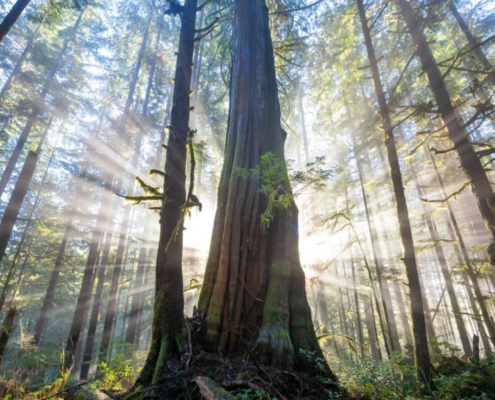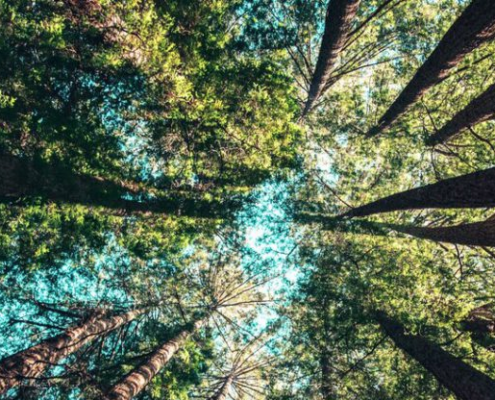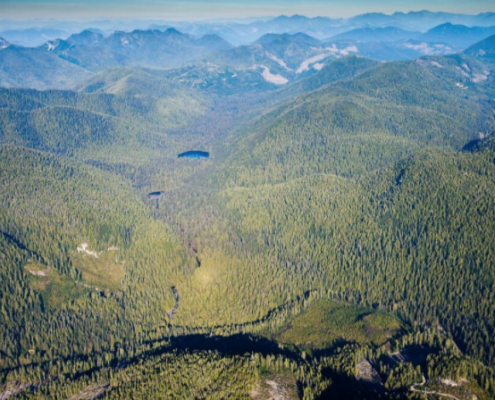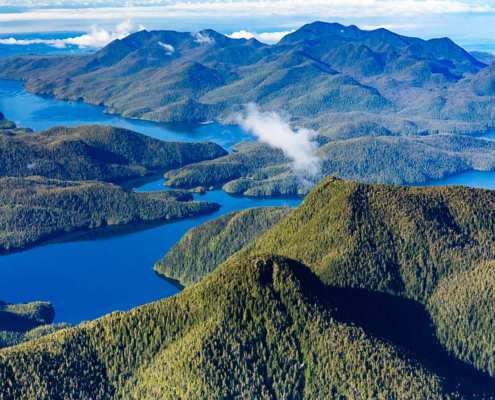
B.C.’s old-growth forest announcement won’t actually slow down logging: critics
Note: Last week we welcomed the release of the Old Growth Strategic Review panel's long-anticipated report, which includes strong recommendations to protect old-growth forests & overhaul BC's forest…

Red Cedar: The Amazing Giving Tree
Here's the first in series of articles by Serena Renner that take a deep dive into the 'tree of life', western redcedar.
"Its future in doubt, no other tree has provided such abundance and identity for northwest peoples, or such habitat and carbon storage in the forest."
Read on to learn more & see some photos from AFA's TJ Watt.

B.C taking new approach to preserving old-growth forests
My Campbell River NowSeptember 12, 2020
The province is taking a new, holistic approach as a first step for the benefit of its old-growth forests.
This will include the protection of nine areas…

Conservationists welcome old-growth panel report and positive first steps by BC government to address old-growth crisis
Victoria BC – The Ancient Forest Alliance (AFA) is celebrating the BC government’s announcement today that it will defer logging in nine areas, including world-famous Clayoquot Sound, and protect some…

BC Says Preserving Biodiversity Now Guides Logging Policies
The TyeeSeptember 11, 2020
The province matches its much-anticipated report with new protections. But some ancient forests are still at risk.
Left unprotected. Among the old-growth areas…

B.C. moves to end divisive old growth forest policies, protects nine areas
The Canadian PressSeptember 11, 2020
Meares Island in the Clayoquot Sound region, one of the areas identified for development deferral. TJ WATT-ANCIENT FOREST ALLIANCE
The British Columbia government…
